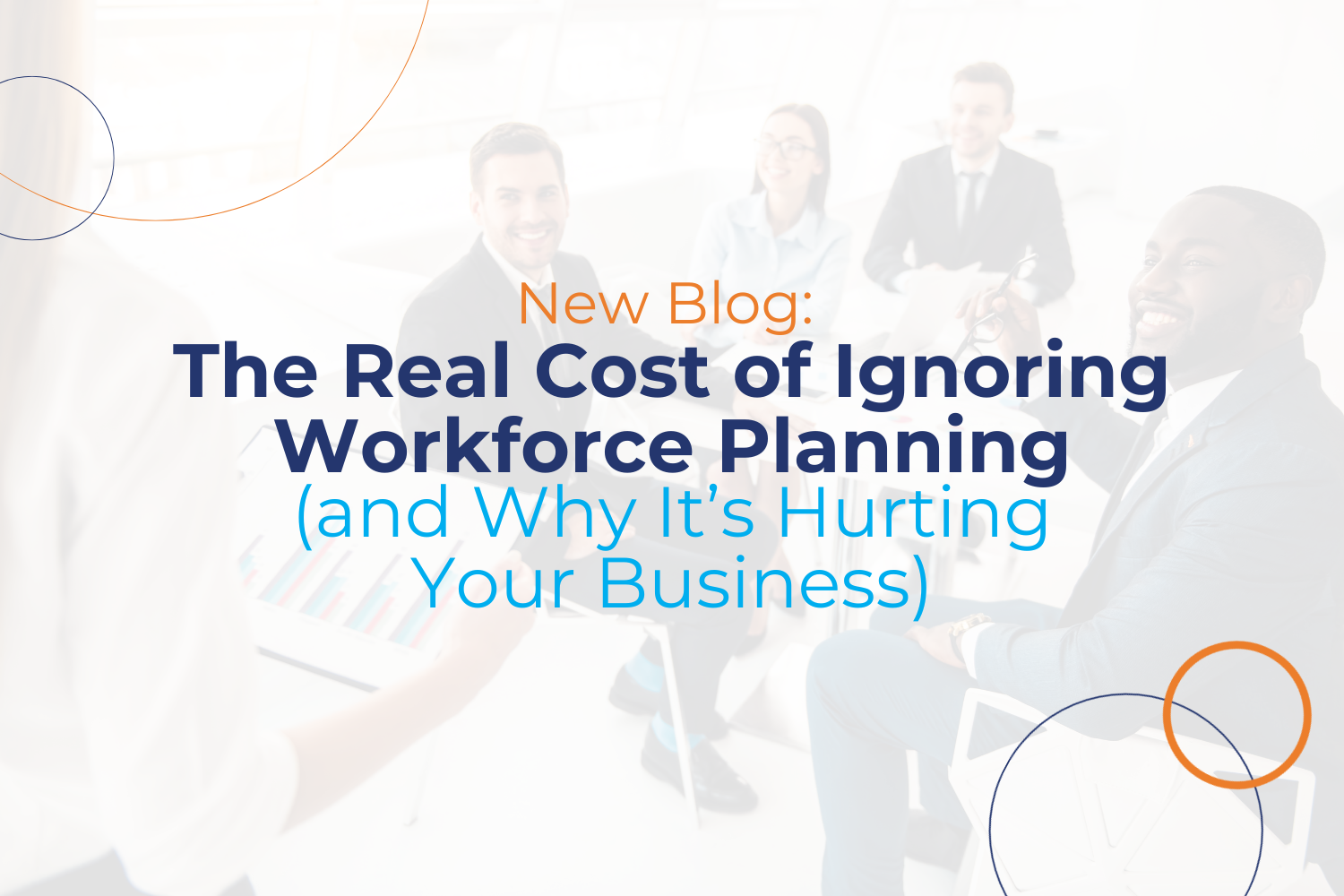In today’s global professional services (PS) landscape, organizations are beset with formidable challenges. Services organizations must contend with issues like falling project margins, decreasing employee utilization rates, and a crippling shortage of talent. These challenges are further exacerbated by the continued use of disconnected systems by project managers, resource managers, and even HR leaders that prevent seamless visibility into resource lifecycles. All of these combine to negatively impact project execution and delivery, resulting in reduced business profitability.
It’s clear that services organizations require a fresh perspective on and a new approach to resource management to effectively navigate these challenges. That’s why many organizations have begun exploring the potential of Generative Artificial Intelligence (GenAI) to transform project and resource management for the better. With that in mind, let us take a closer look at GenAI and how it can help professional services organizations make optimal project and resourcing decisions.
The State of AI in Professional Services
It’s not an understatement to say that Artificial Intelligence (AI) has taken the world by storm. Countless organizations across industries have already embarked on their digital transformation journeys, powered by AI, to achieve their desired business goals.

Unfortunately, the professional services industry has been one of the few industries that has been lagging behind when it comes to AI adoption. In fact, a TSIA survey found that 48% of services organizations are still investigating the potential use of AI-based applications and their impact on their businesses. Moreover, only 3% of surveyed organizations stated that they had a mature set of capabilities based on AI. Shockingly, according to another TSIA survey, 41% of professional services organizations are yet to identify a budget source for their AI projects.
Nonetheless, professional services organizations can benefit greatly from the implementation of AI technologies. In terms of workflow optimization, TSIA found that 67% of services organizations are focusing their AI efforts on data analysis and insights. Unfortunately, only 29% of them are focusing on automating staffing recommendations despite resource management being one of the top 5 challenges for professional services organizations.


What this tells us is that while the potential for implementing AI in professional services is huge, most services organizations are yet to capitalize on it. In fact, AI and GenAI can serve a wide range of use cases across the entire PS lifecycle, starting with resource management.
How GenAI Can Help Services Organizations Drive Resourcing Efficiency and Manage Delivery Risks
To understand how GenAI fits into the professional services ecosystem, it’s important to first understand the current picture. Currently, different leaders in a professional services firm largely rely on disjointed systems to perform their tasks, leading to siloed information that hampers seamless project execution. Project managers, resource managers, and HR leaders, all of them look at resources from different perspectives without having a unified view of what’s really happening. This leads to multiple challenges.
For example, project managers lack clear visibility into resource skills and availability, which leads to delays in allocating the right resources to projects. In turn, this results in poor project planning and significant delays in project delivery. Similarly, resource managers are forced to manually identify and match resources to project requests while also lacking visibility into upcoming project requirements. Ad-hoc resource allocation becomes commonplace, leading to low utilization levels and poor resource planning.
GenAI and Resourcing Efficiency
One of the biggest hurdles to efficient resource management for today’s professional services organizations is the prevalent reliance on archaic manual processes. Statistics show that services organizations require more time today to fully source a newly signed PS engagement. On average, it took services organizations 17.7 days to do so in 2022 compared to just 15.3 days in 2020.


This becomes all the more significant as services organizations seek to enter new markets, introduce value-added services, and meet the growing demand for fixed-bid projects. To effectively address the growing complexity of their projects, professional services organizations need intelligent automation capabilities sooner rather than later.
That’s easier with GenAI. In fact, a solution powered by GenAI can bring several potential benefits to resource management. To begin with, such a solution can bring together all the requisite information on projects and resources in real time to help managers make informed decisions. It can use this data to provide proactive recommendations to help managers automate resource identification and allocation.
In addition to forecasting resource availability and dynamically allocating resources, a GenAI-powered solution can also help expose the hidden bench of resources and optimize workload distribution.
Other capabilities of a Gen-AI-powered solution would include:
- Automatic project creation and resource alignment
- Intelligent suggestions to manage skills gaps
- On-demand requests for resource fulfillment
However, the most impressive aspect of such a solution would be the ease with which managers can undertake resource management. Usable in the form of a chatbot, the conversational interface of the solution would enable managers to make the desired changes automatically without having to go through multiple interfaces and tools to do so. This entirely replaces the burden of manual effort and administrative work, which would have otherwise resulted in a loss of productivity and billable hours.
GenAI and Managing Project Risks
Executing and delivering a project successfully involves several moving parts, which means there are always significant risks that need to be managed. From cost overruns to project timelines, there are several potential areas of concern or project risks for any project manager or delivery leader. Successful project delivery requires efficient and effective management of such risks.
Of course, GenAI has immense potential when it comes to managing project risks. In fact, it’s possible to leverage GenAI in the form of a ‘personal assistant’ or a similar solution enabling smarter project management. This solution can break down the traditional silos in a services ecosystem to bring a unified picture of all the projects in real time. This can also give full visibility and rich insights into all the projects, which could aid managers in the proactive identification and management of potential project risks.
Thanks to the conversational interface, the solution can not only notify managers of potential risks but also provide possible ways to overcome those risks based on real-time and historical data. It can even provide live alerts to notify scheduling or cost risks to help managers quickly pivot and keep their projects on track.
Conclusion
The biggest advantage of leveraging GenAI-based solutions that professional services organizations can derive is to become significantly more proactive in their approach to project and resource management. They will no longer have to wait to get more data or visibility before making decisions. Instead, the GenAI-based solution can do the heavy lifting and not only identify areas of concern but also provide valuable insights into resolving such situations before they can hamper project execution and delivery.








![Speed, Trust, and the Candidate AI Takeover: 2025 TA Trends [New Report]](https://lhra.io/wp-content/uploads/2025/05/LHRA-2025-TA-Trends-Report_Page_11.jpg)

